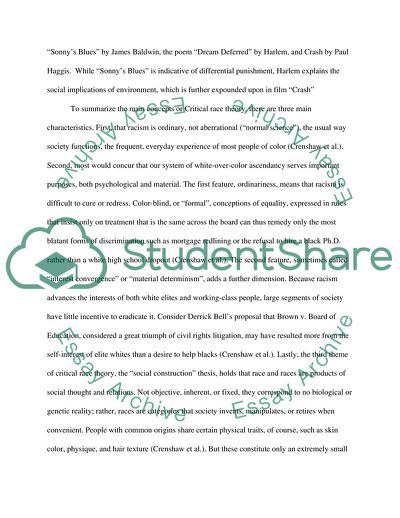Cite this document
(Racial Oppression in Sonnys Blues, Dream Deferred and Crash Assignment, n.d.)
Racial Oppression in Sonnys Blues, Dream Deferred and Crash Assignment. https://studentshare.org/social-science/1760405-racial-oppression
Racial Oppression in Sonnys Blues, Dream Deferred and Crash Assignment. https://studentshare.org/social-science/1760405-racial-oppression
(Racial Oppression in Sonnys Blues, Dream Deferred and Crash Assignment)
Racial Oppression in Sonnys Blues, Dream Deferred and Crash Assignment. https://studentshare.org/social-science/1760405-racial-oppression.
Racial Oppression in Sonnys Blues, Dream Deferred and Crash Assignment. https://studentshare.org/social-science/1760405-racial-oppression.
“Racial Oppression in Sonnys Blues, Dream Deferred and Crash Assignment”. https://studentshare.org/social-science/1760405-racial-oppression.


